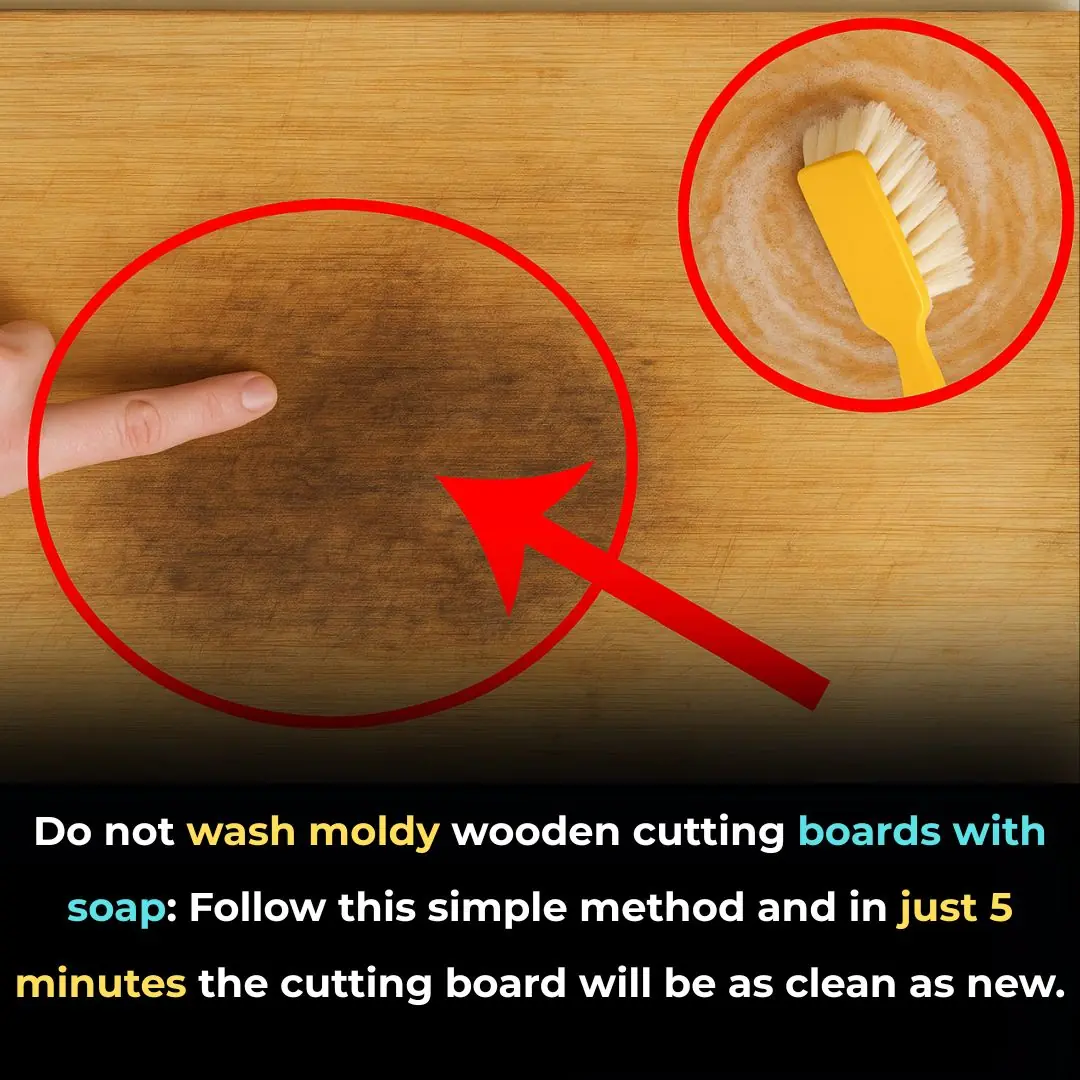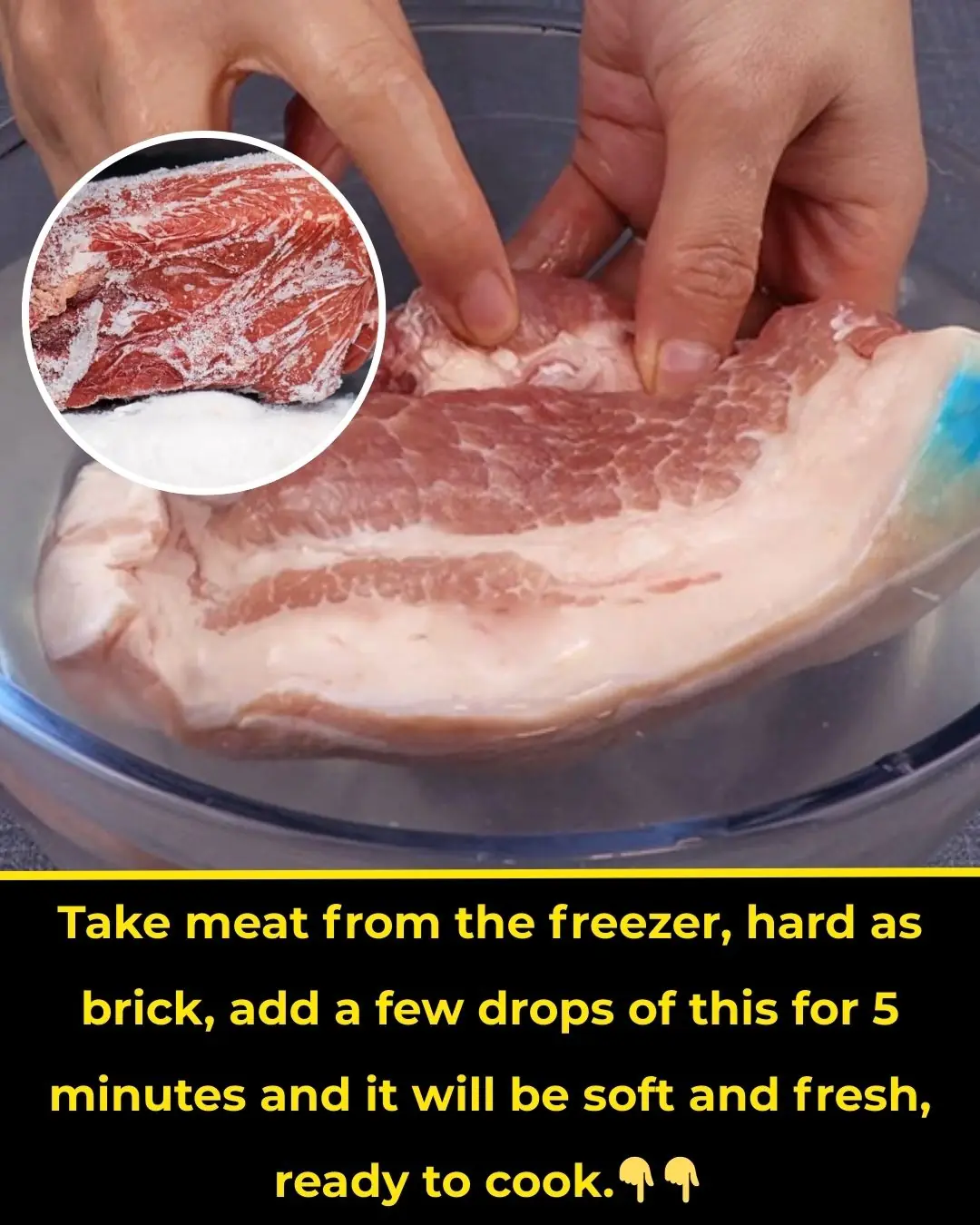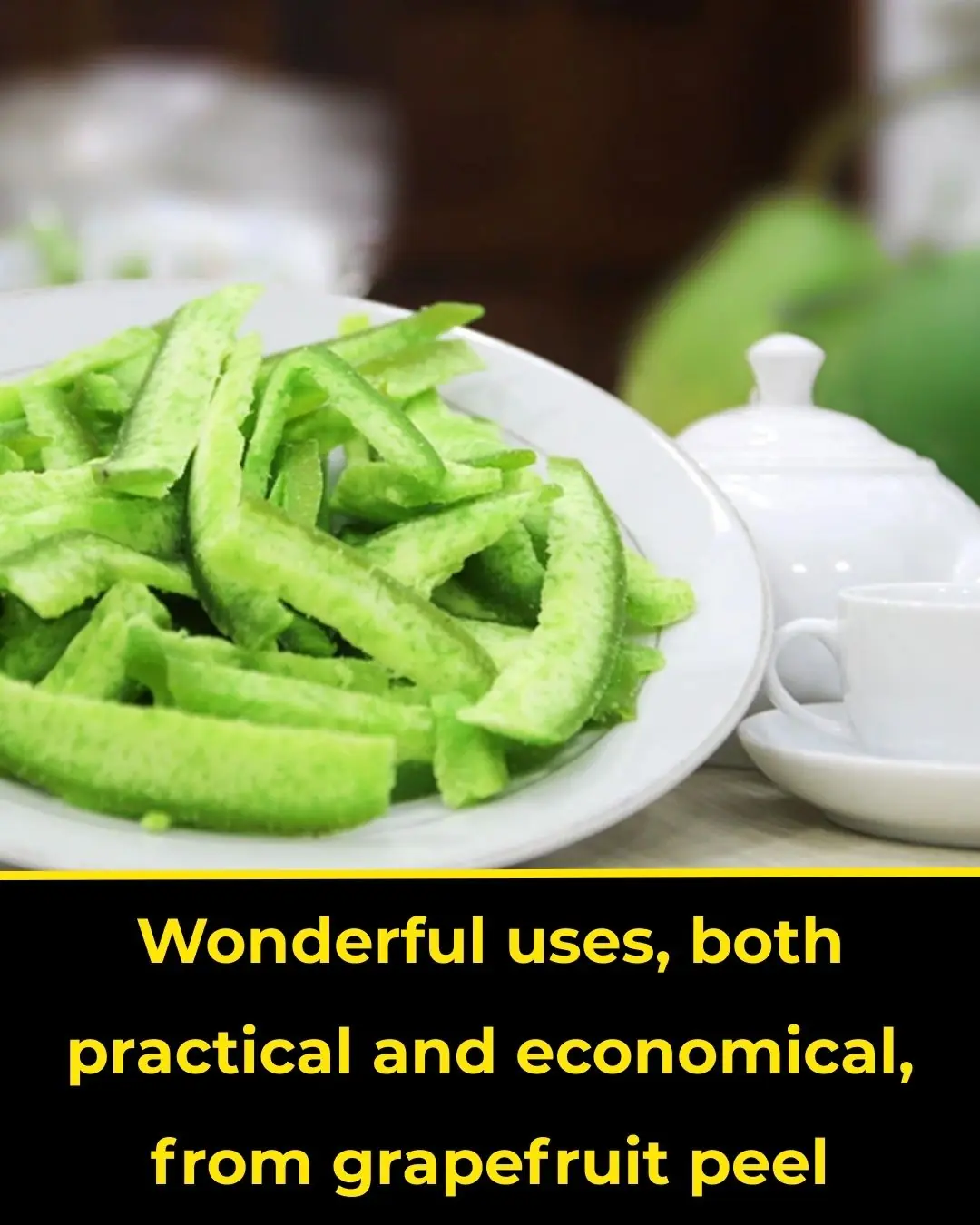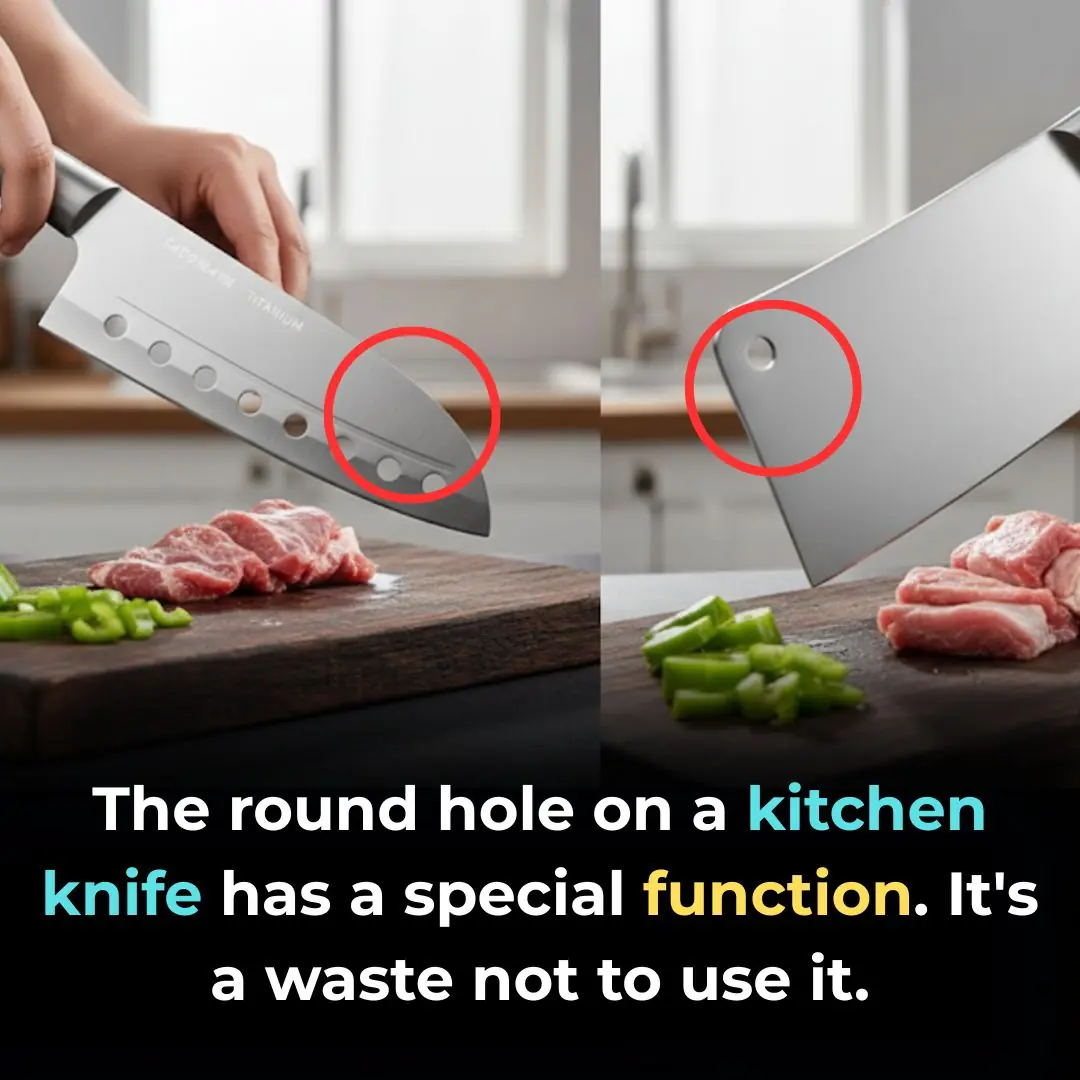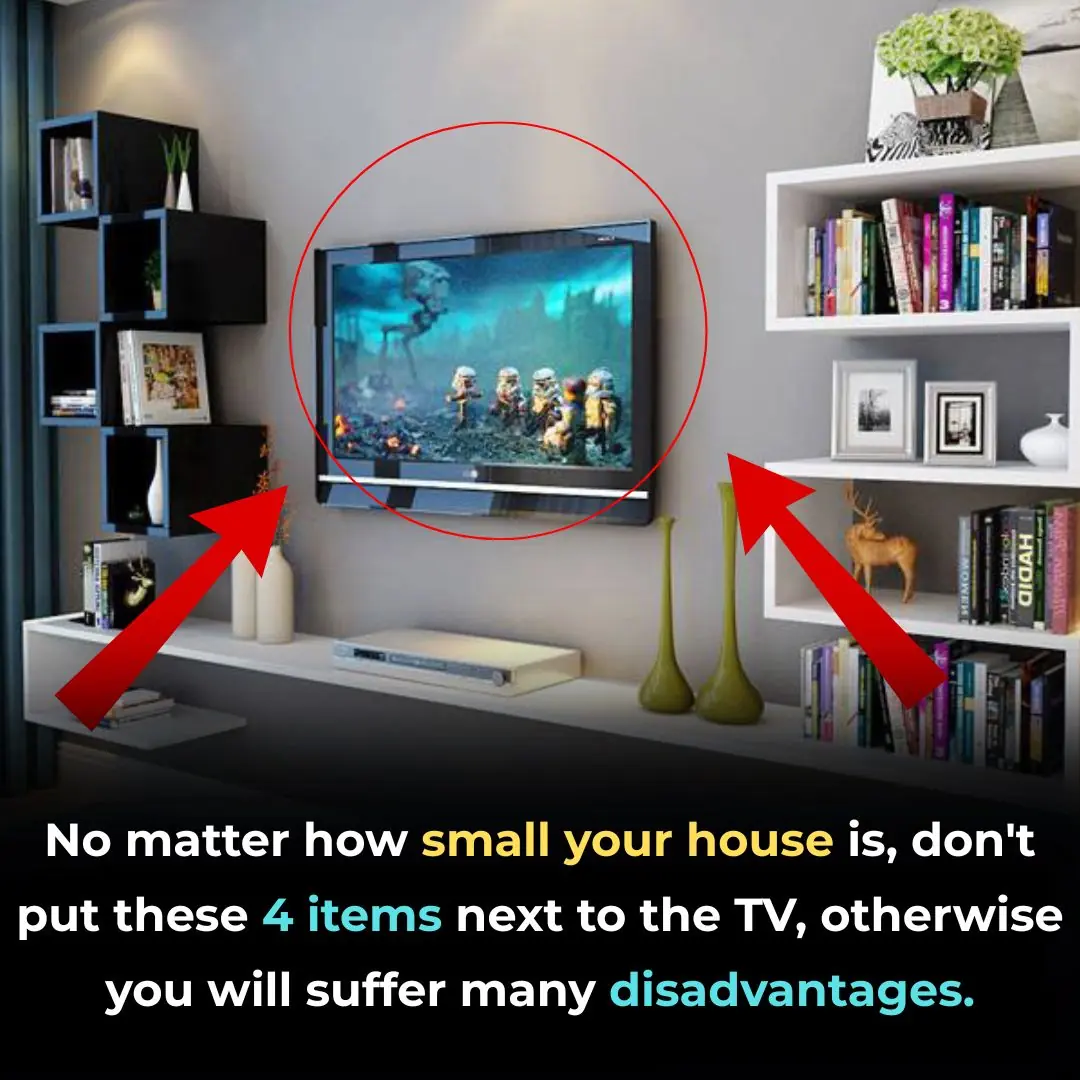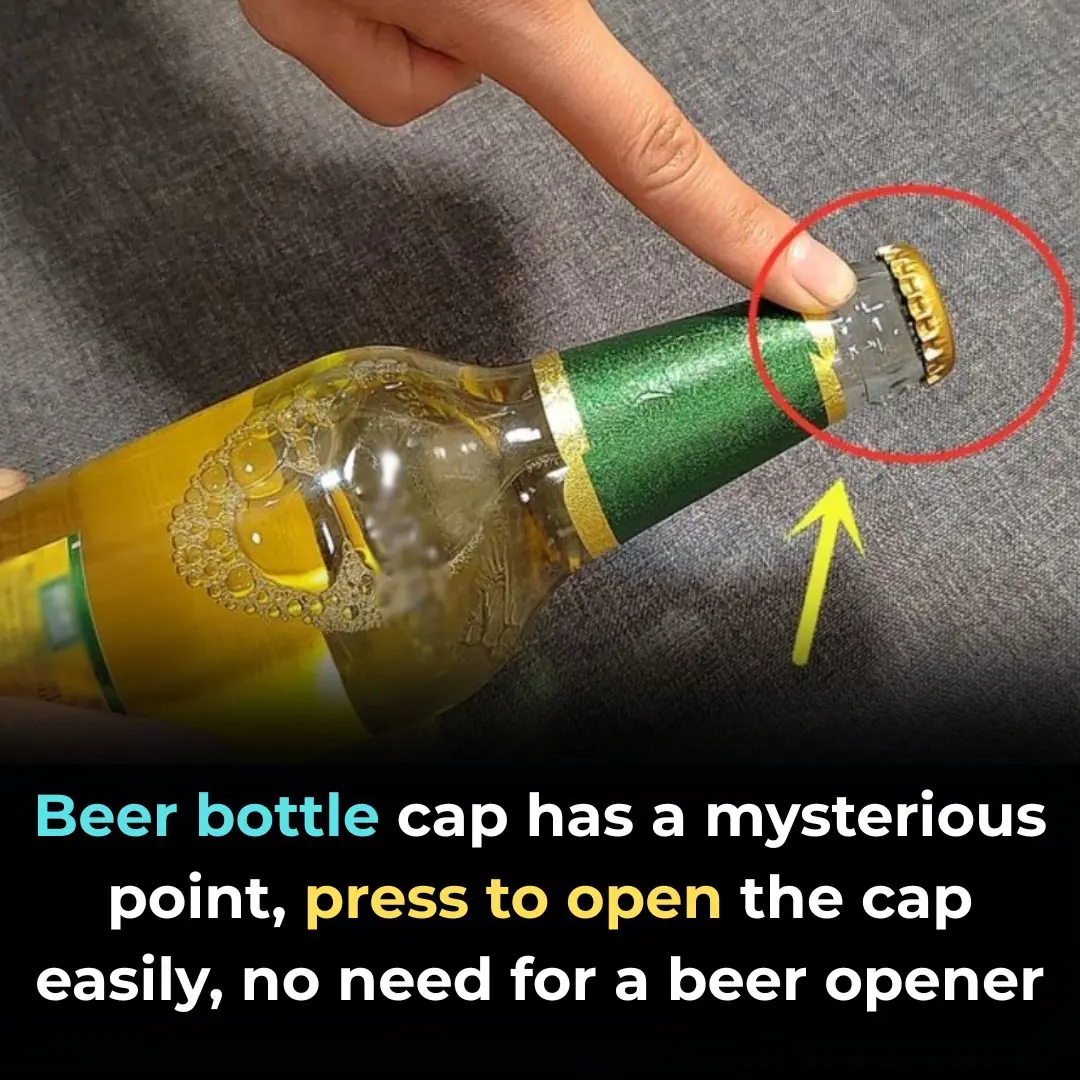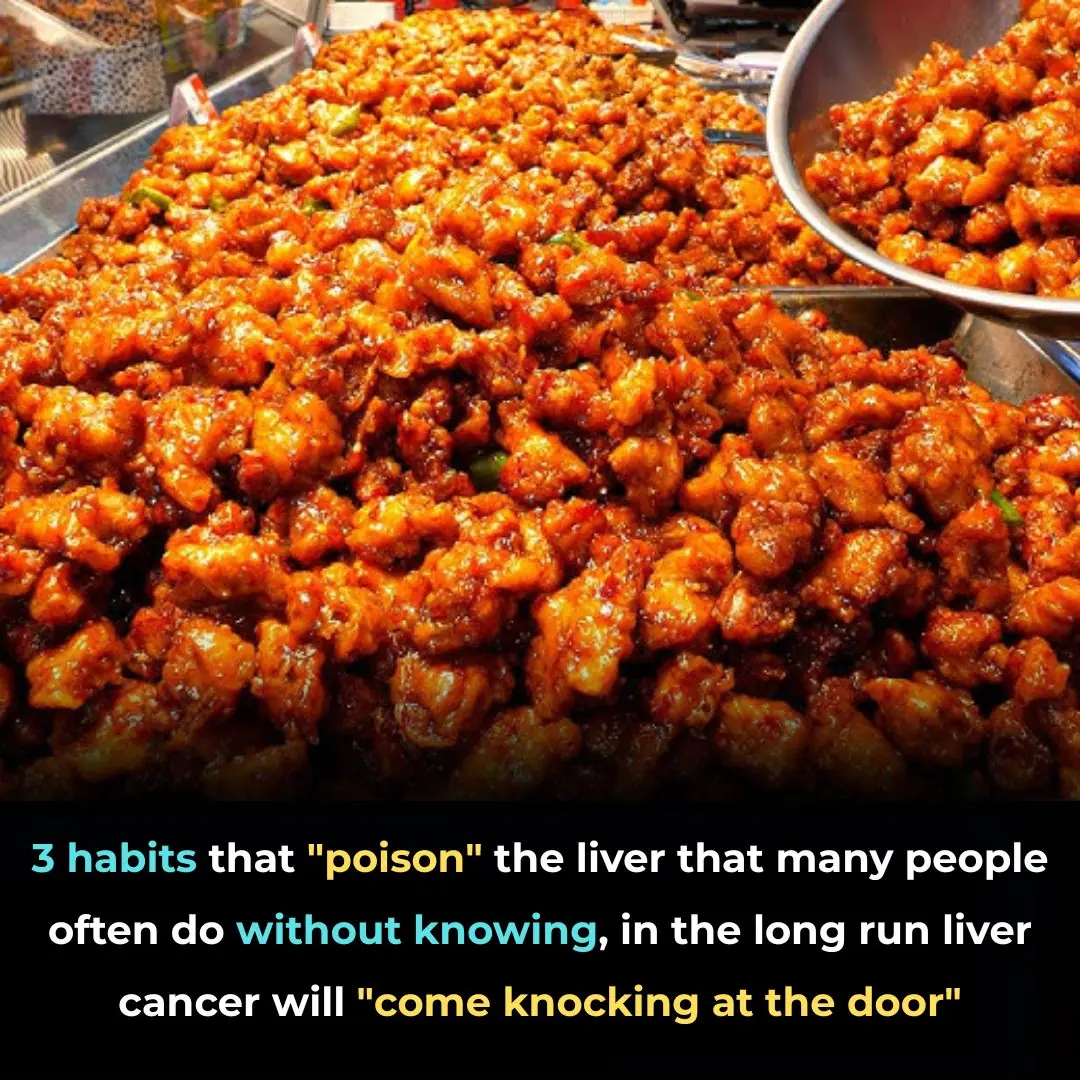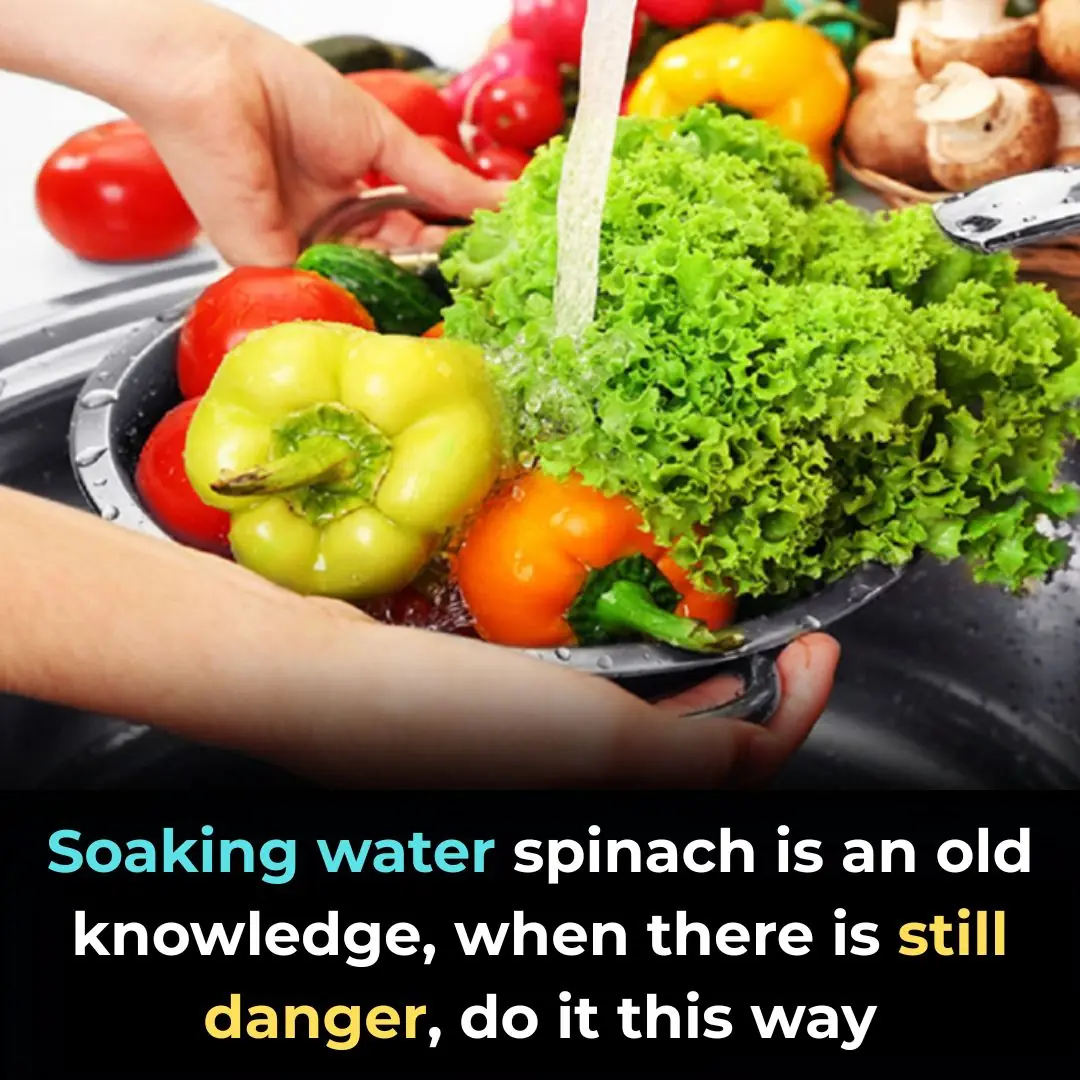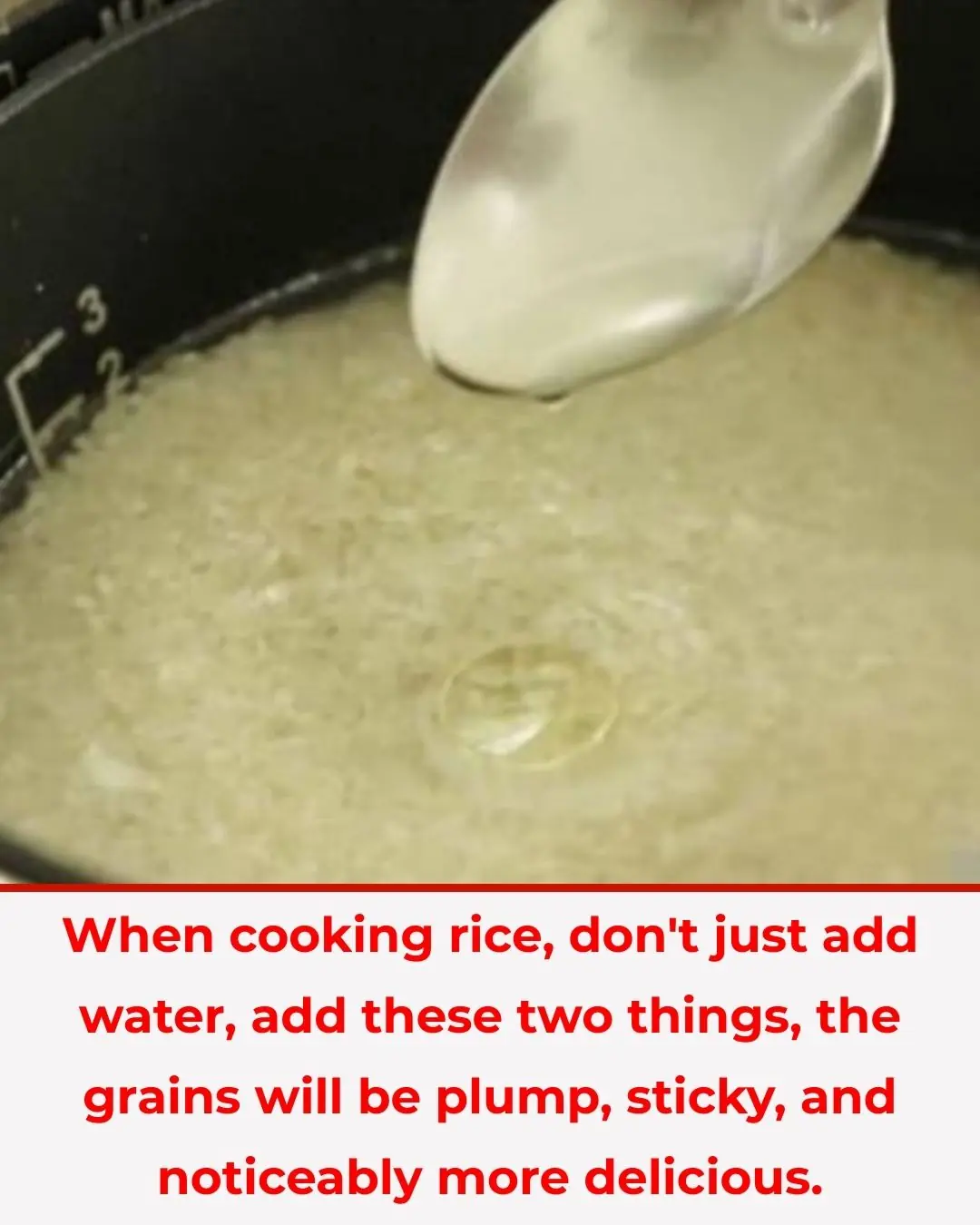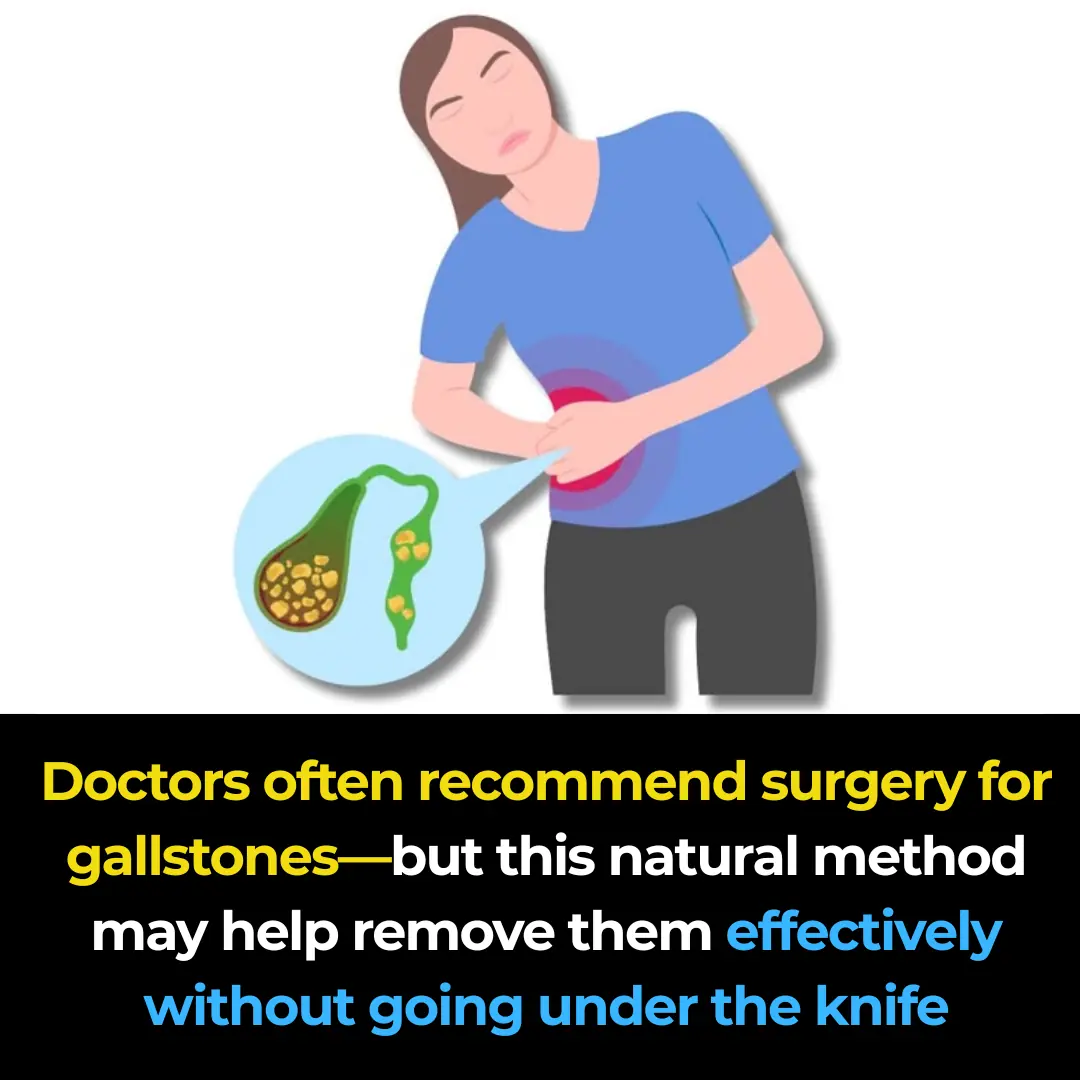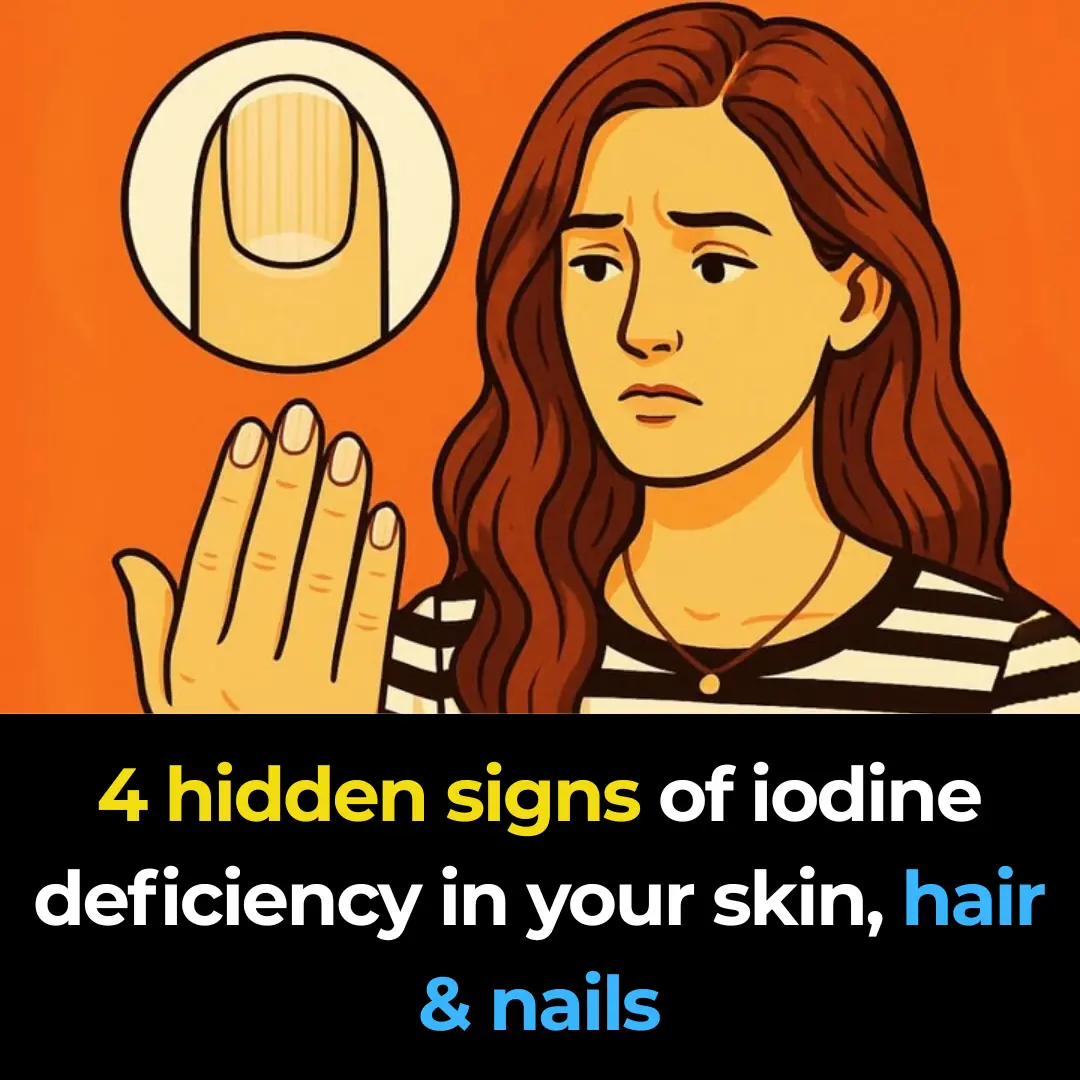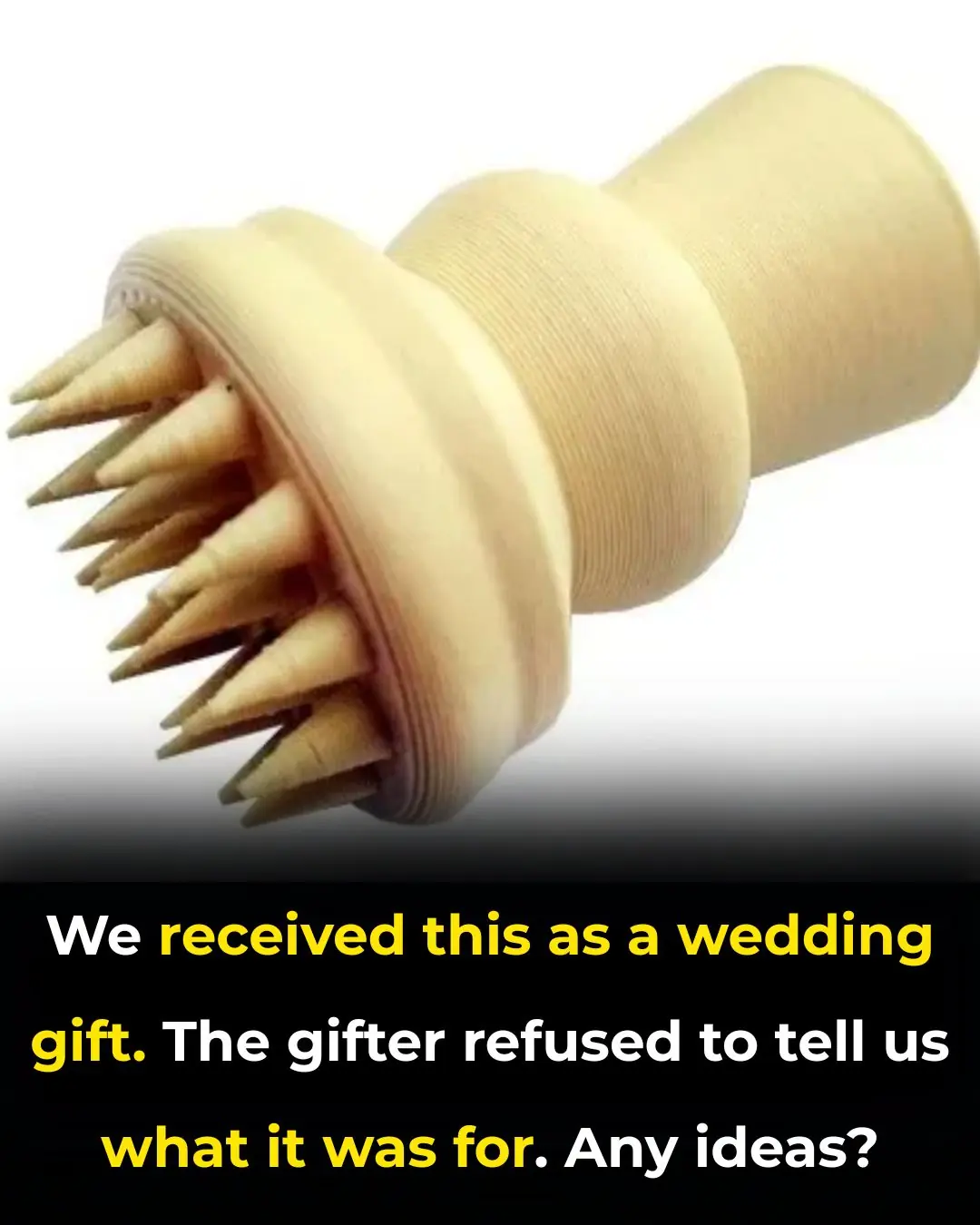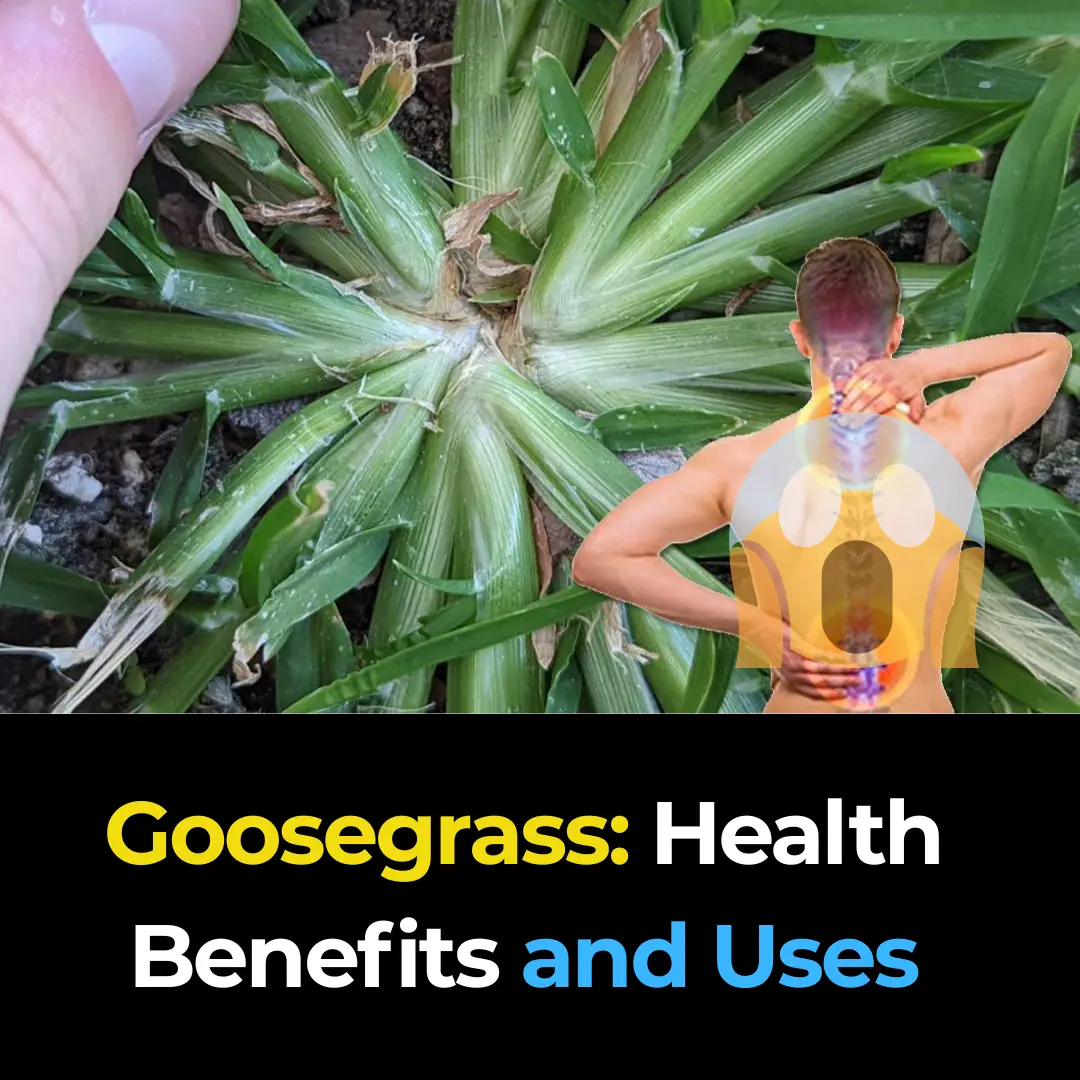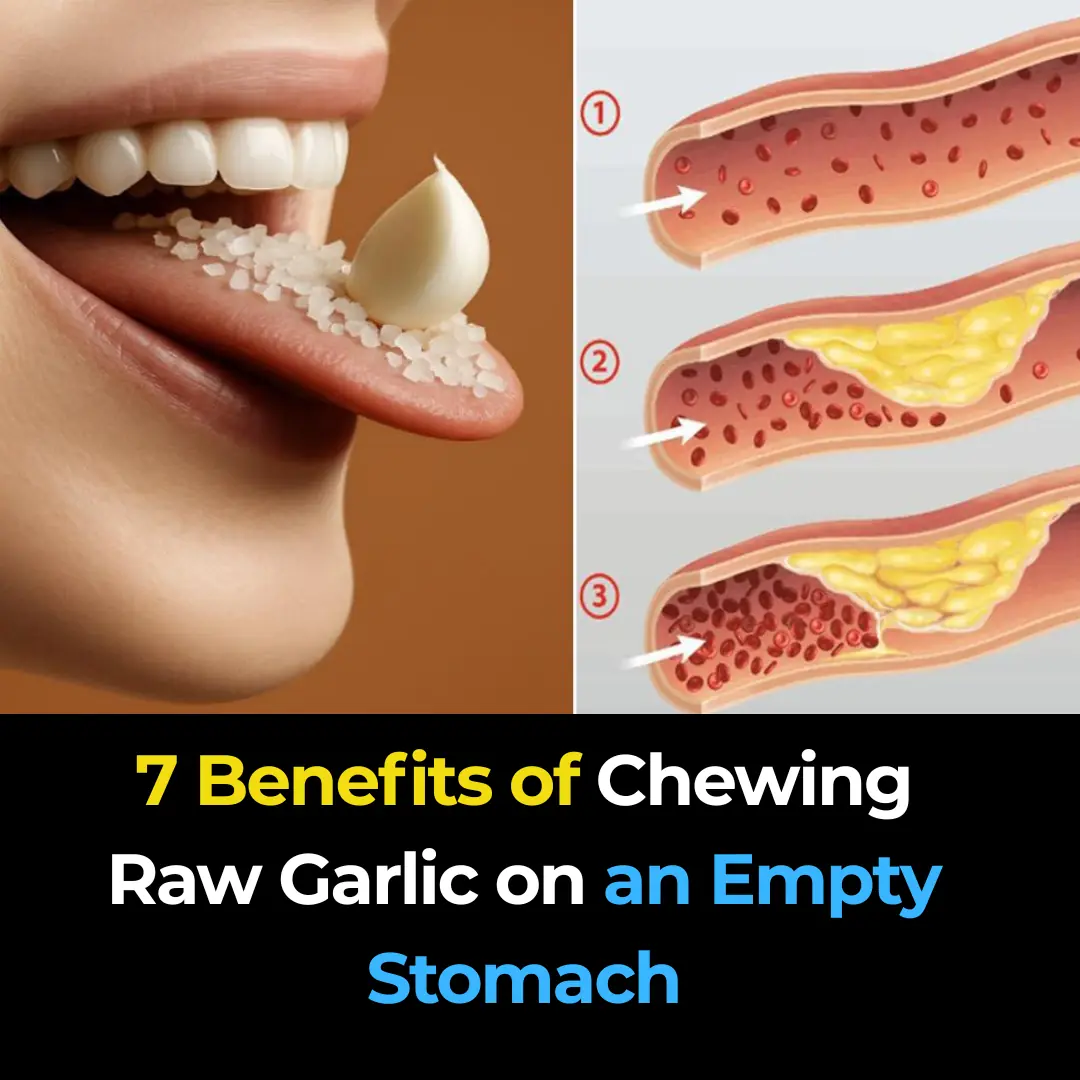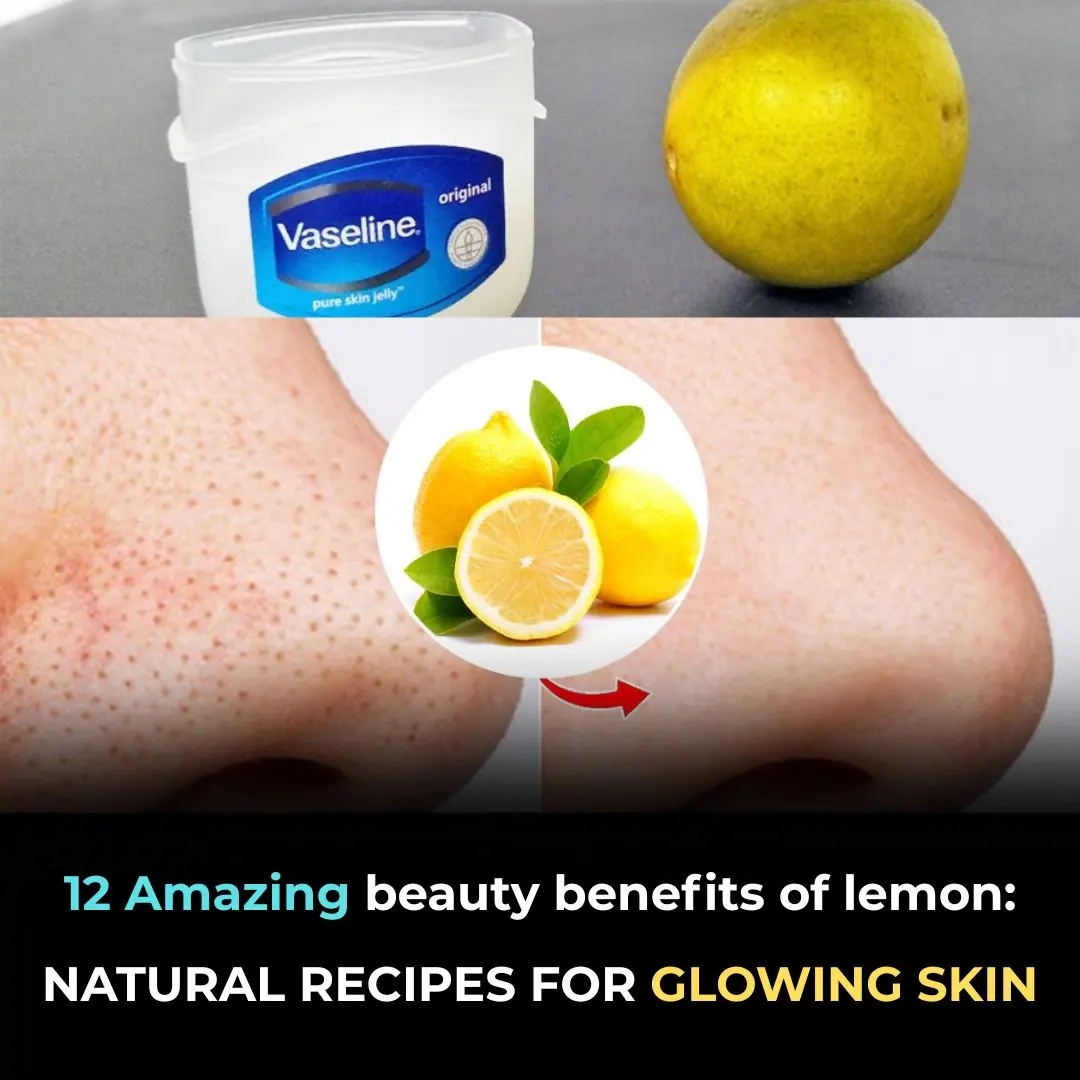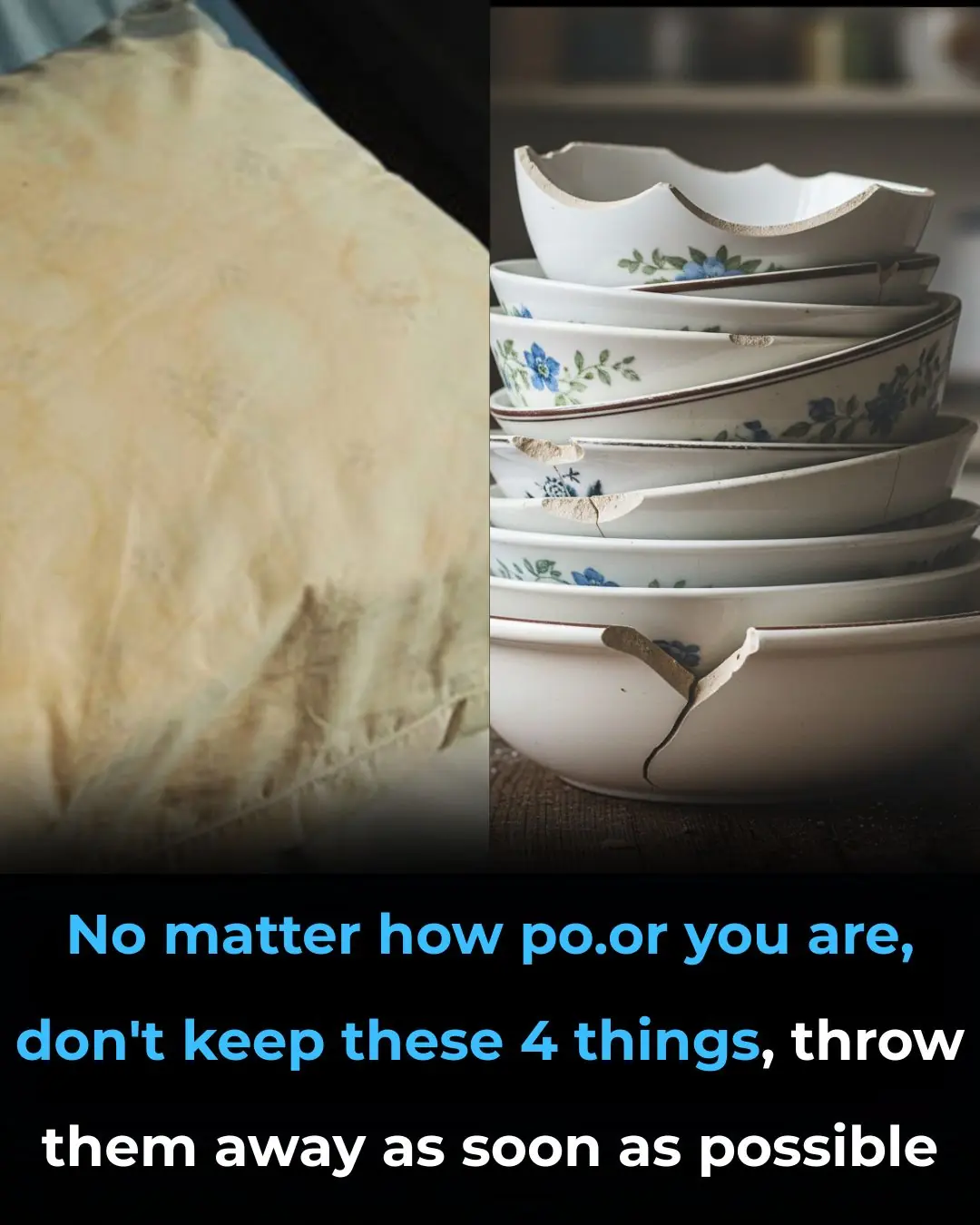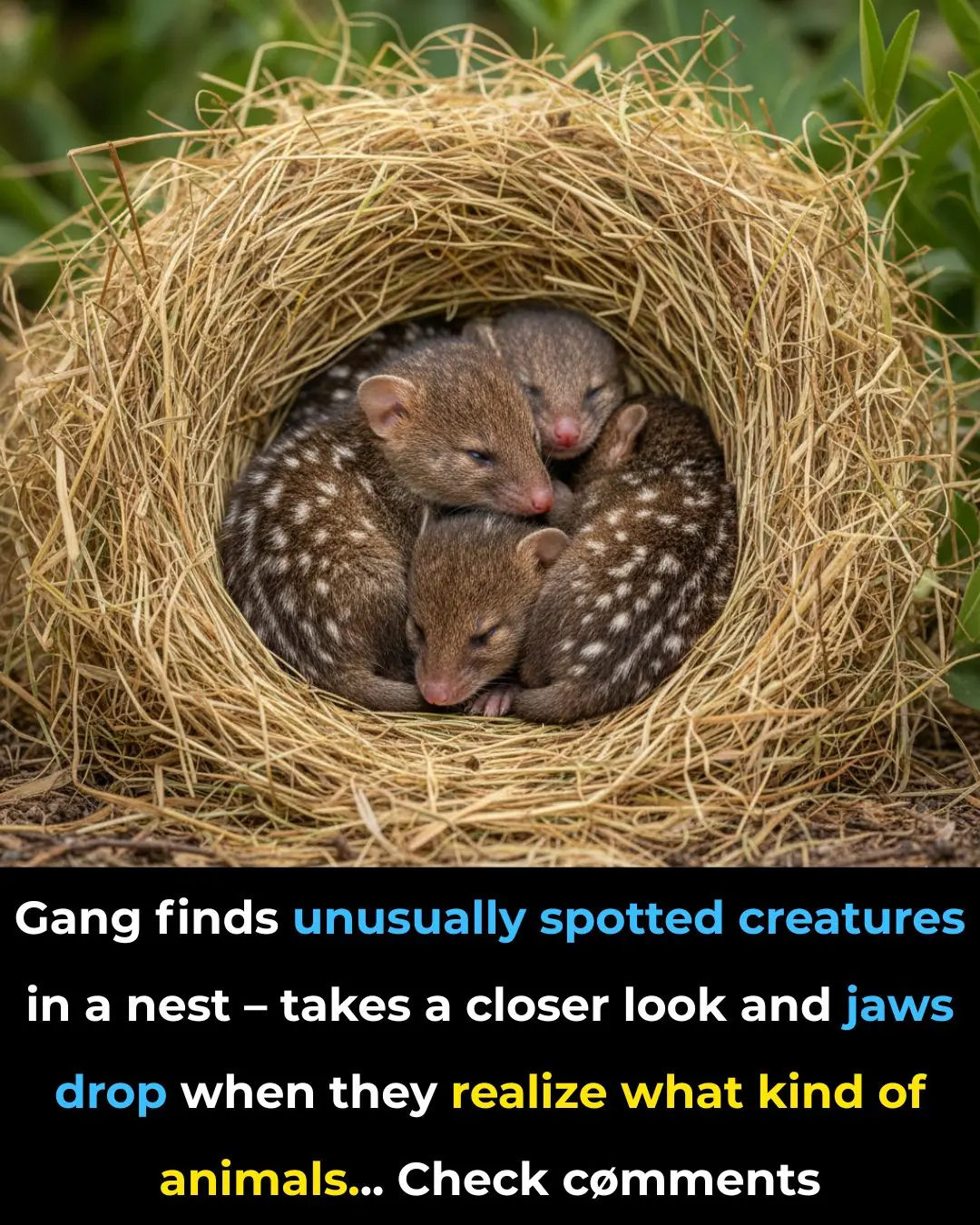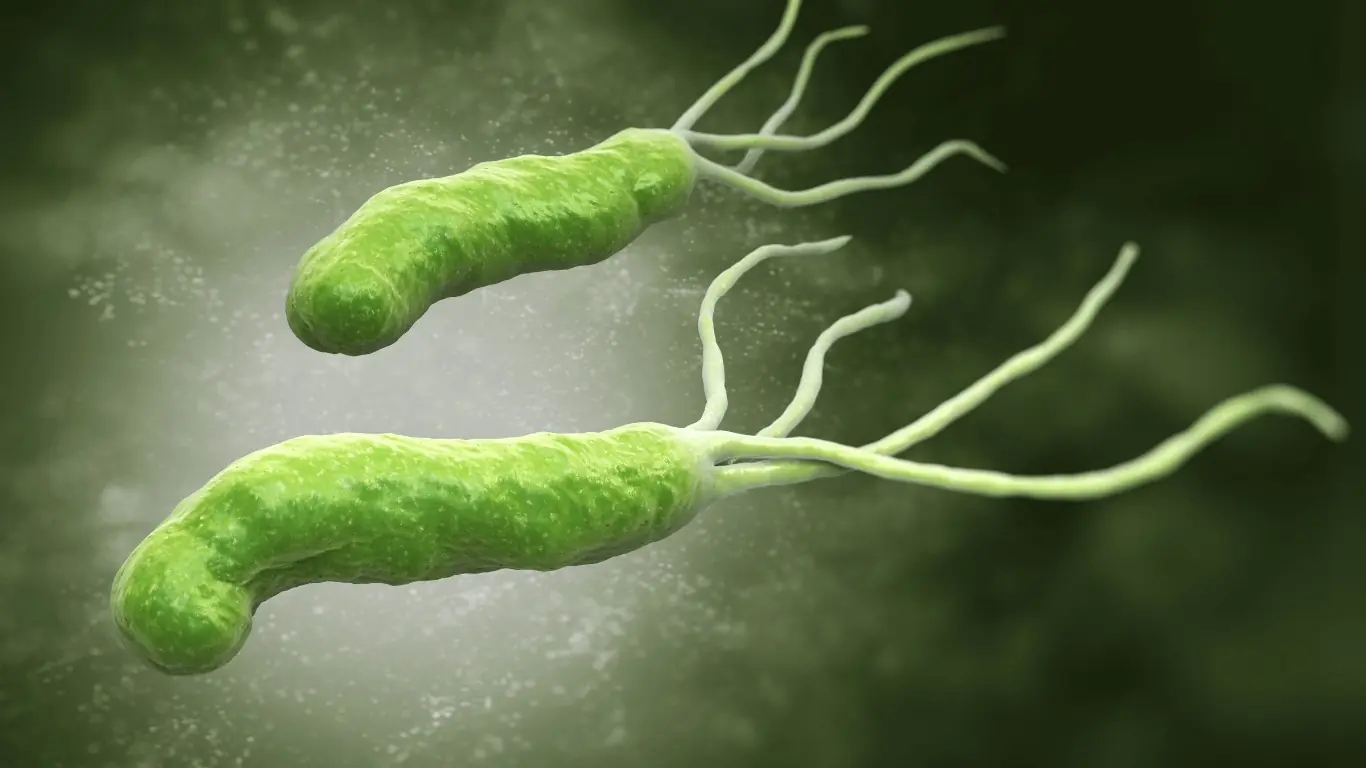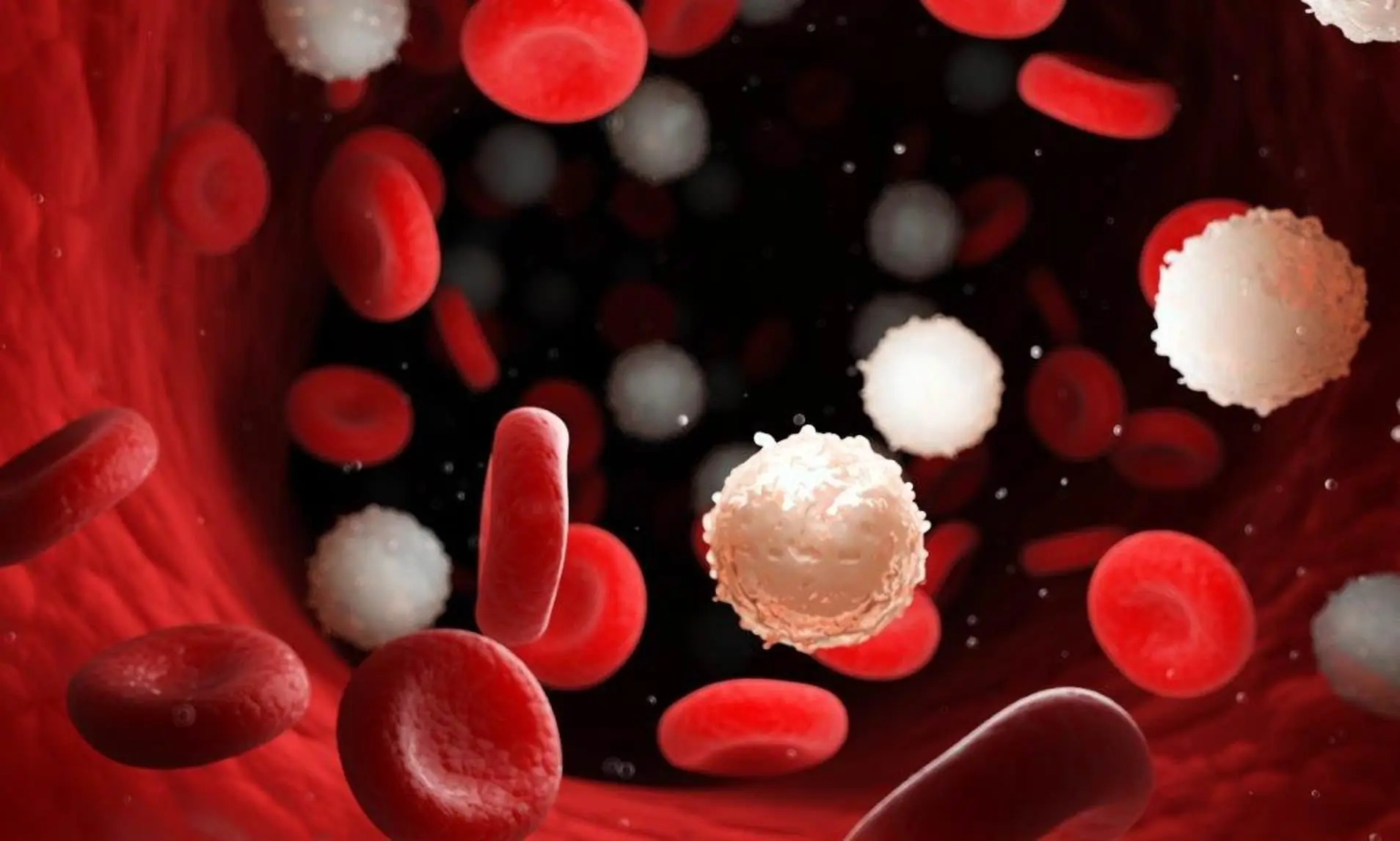Just by observing this spot on the crab’s shell, you can immediately tell if the crab is delicious and full of meat!
It turns out, you don’t need an expert to figure it out—just by observing one point on the crab’s shell, you can easily determine if the crab is tasty and packed with meat!
Sea crabs are a popular food due to their delicious taste, sweet meat, and high nutritional value. They are a favorite ingredient for seafood lovers. Moreover, when going to the beach, buying crabs is a must.
However, if you're not careful, you may end up buying crabs that are watery, not firm, and lacking in meat. When you steam them, the meat shrinks a lot, unlike what you expected. Some crabs may not even be fresh, having been caught for several days. These crabs won’t taste good and will shrink considerably.
To ensure you buy crabs with plenty of meat, all you need to do is observe the crab’s shell carefully.
-
Crab Shell: Look at the shell of the crab and you’ll see some lines, with areas slightly raised. This indicates the crab is older and has good meat. The body of the crab will have a slight yellowish color. Additionally, you can press the shell and body of the crab. If it feels firm, it's a good crab.
Avoid choosing crabs with shells that look a bit green and soft. If you press on the shell and it feels spongy or can be easily broken, the crab is not firm and likely lacks meat. -
Crab Abdomen: When looking at the greyish abdomen shell, press on it. If it feels firm and the abdomen is large, the crab has plenty of meat. According to experienced crab sellers, it's best to choose crabs with small, triangular-shaped abdomens, as these are male crabs, which tend to have more meat and are not watery or lacking in substance.
-
Flexibility: Choose crabs that are fresh, with an abdomen still tightly attached to the body, and whose legs and claws move actively and flexibly. The spines on the claws and crab shell should also still be sharp.
-
Crab Claws: Pick crabs with pinkish-red or dark pink color between the joints of the claws. These crabs are fresh and just caught, meaning they are full of meat.
-
Silk Skin: Only choose crabs with smooth, shiny silk-like skin, not wrinkled. This indicates the crab is fat, meaty, and fresh. In contrast, if the crab has a wrinkled soft shell, it means it has been caught for a while, is bound for a long time, and lacks much meat.
Why Are Crabs Often Tied?
When buying crabs, it’s common to see the claws tied with string. Aside from preventing the crabs from escaping, some sellers take advantage of this practice for other reasons.
-
Prevention of Claw Loss: Tying the crab’s claws prevents them from breaking, which is essential since crabs with missing claws are less likely to be chosen by customers, regardless of how cheap they are. Tying helps prevent this during transportation, reducing the risk of broken claws.
-
Weight Manipulation: Sometimes sellers tie the crabs with long strings, making it appear as though the crabs are heavier than they are. This allows sellers to profit by increasing the weight with the string. Buyers who don't pay close attention may not realize this until they get home and untie the crabs.
-
Concealing Old Crabs: Some sellers mix older, less fresh crabs with fresh ones, using tightly bound strings to hide the signs of aging. When buyers don't inspect carefully, they may end up with crabs that are not fresh, without realizing it.
Tips for Selecting Fresh Crabs:
-
Smell: When holding the crab, if there is no foul or fishy smell, it means the crab is fresh. If it has a strong odor, it means the crab has been dead for a while.
-
Movement: When holding the crab, if the claws and legs are still moving quickly and strongly, it indicates that the crab is fresh.
-
Avoiding Broken Claws: Don’t buy crabs with broken claws or legs.
-
Pressing the Abdomen: When pressing the abdomen, if it feels firm, the crab is fresh and has good meat. If it feels soft, it indicates that the crab is not fresh or has little meat.



